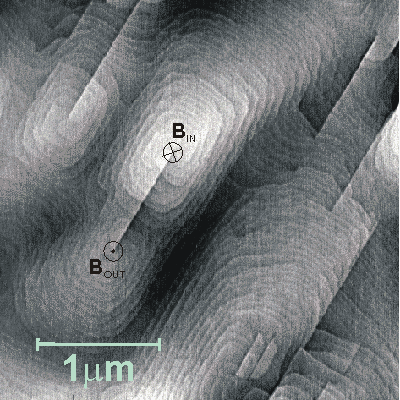 Figure 3: AFM Image of an Oriented Abrupt Step.
A non-contact AFM image of an Oriented Abrupt Step in sample S529. The image size is 3mm x 3mm and the gray-scale ranges 8nm. Note the atomic steps and the labeled Burgers vectors.
Figure 3: AFM Image of an Oriented Abrupt Step.
A non-contact AFM image of an Oriented Abrupt Step in sample S529. The image size is 3mm x 3mm and the gray-scale ranges 8nm. Note the atomic steps and the labeled Burgers vectors.
Growth near an OAS appears to be very different from that observed near a simple hillock. The simple hillock is a spiral step that winds in a clockwise or counter-clockwise direction.
Typically the steps are one or two lattice spacing.
Growth takes place through group-III atoms adsorbing on a flat area and then diffusing to nearest step-up and is incorporated into the crystal. The large abrupt nature of the OAS indicates that atoms are not readily incorporated into the crystal along this type of step.
This suggests that the layers do not line up vertically across these steps in the proper fashion, or this is a stacking fault boundary; i.e., growth does not take place at such steps and ad-atoms can not move across these steps. This means that growth on one side is independent of that on the other side of the step and the height and angle of an OAS feature may become substantial in comparison to the thickness of the well.
 Figure 3: AFM Image of an Oriented Abrupt Step.
A non-contact AFM image of an Oriented Abrupt Step in sample S529. The image size is 3mm x 3mm and the gray-scale ranges 8nm. Note the atomic steps and the labeled Burgers vectors.
Figure 3: AFM Image of an Oriented Abrupt Step.
A non-contact AFM image of an Oriented Abrupt Step in sample S529. The image size is 3mm x 3mm and the gray-scale ranges 8nm. Note the atomic steps and the labeled Burgers vectors.